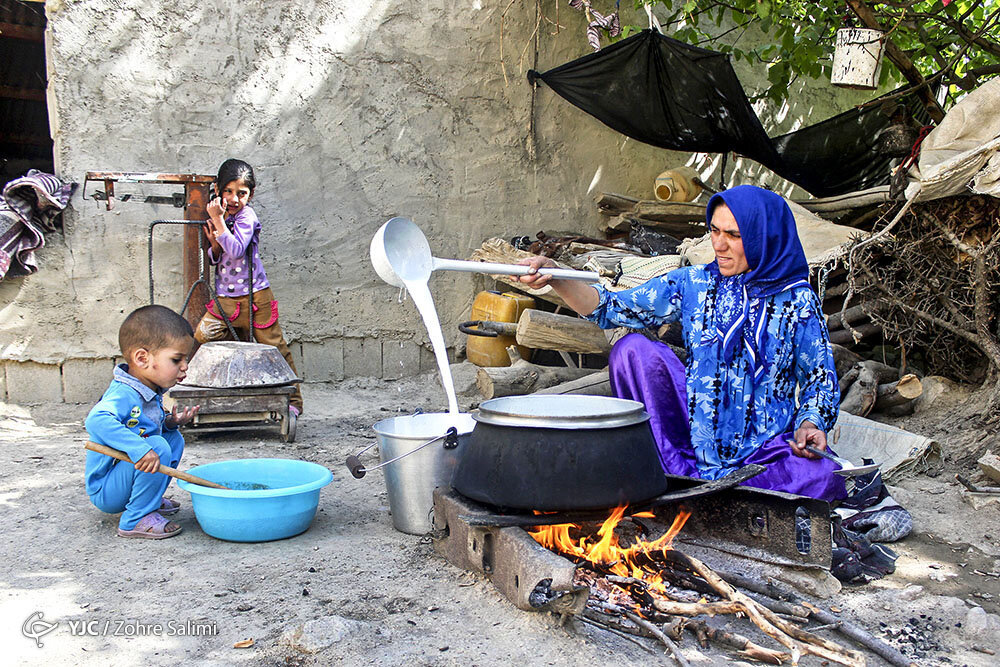Rural housewives to receive insurance, retirement benefits

TEHRAN – Housewives having three children or more residing in rural areas will be covered by insurance and will receive retirement benefits, a member of the Majlis (Iranian parliament) has announced.
The unemployed housewives with at least three children residing in rural, nomadic, and urban areas with less than 20,000 population would be covered by life and investment insurance and would receive retirement benefits, Ahmad Rastineh wrote on his Twitter account on Saturday.
Rural development
Many efforts have been made over the past couple of years by the government to support villagers and slow down the trend of migration from rural areas to cities.
Rural tourism, agritourism, religious tourism, and ecotourism are alternatives or complementary economic activities that could further stimulate rural development while decreasing rural community dependency on one main economic sector (agriculture, forestry, energy, or mining).
Currently, 26 percent of the country's population lives in villages, Mohammad Omid, the vice president for rural development, has said. He added that around 39,000 villages have more than 20 households and 23,000 villages have less than 20 households.
Thus, more than 97 percent of the country's rural population lives in villages with over 20,000 households.
On October 5, rural development projects worth 130 trillion rials (nearly $3 billion at the official rate of 42,000 rials) were inaugurated, including, 6,750 construction projects in various fields of roads, communications, etc.
Major steps taken on women empowerment
In Iran, there are 3 million women-headed households (WHH), out of a total of 22 million families, and most of the WHH can be found in less developed areas of the country, according to the UNDP office in Iran.
COVID-19 adds additional challenges for economically empowering WHH in Iran, meaning that innovative strategies are needed.
Masoumeh Ebtekar, the vice president for women's and family affairs, said in October that the government has taken major steps for the advancement of women and families in Iran.
“Through an inter-sectoral process, we developed national indicators for gender equity, which laid the ground for the first result based Plan for Women and Family Advancement in 31 provinces and we recently launched the dashboard for monitoring indicators on gender equity and family prosperity.”
“Based on our review of legislation on women and family, we have proposed 10 new bills including the bill on the Protection of Women's Security Against Violence and several new laws,” the vice president added.
“At least 2700 women-focused NGOs are active in Iran and we have plans for the empowerment of civil society activities, we have successfully implemented schemes like enhancing social resiliency, also the economic empowerment of thousands of women heads of the household through micro-credit Funds and Cooperatives,” she added.
She went on to highlight that the family is the cornerstone of human development, through the National Family Dialogue scheme. “We have taken an initiative to empower civil society in dialogue skills to enable family and social cohesiveness. The International Center for Family Dialogue has been recently launched in Tehran.”
In the field of legislation, finalizing the bill to ensure the security of women against violence, which can play an important role in combating domestic violence, the implementation of the plan granting Iranian citizenship to children born to Iranian women and non-Iranian men, and the bill banning the marriage of girls under 13, has been among the government's efforts, she concluded.
FB/MG

Leave a Comment